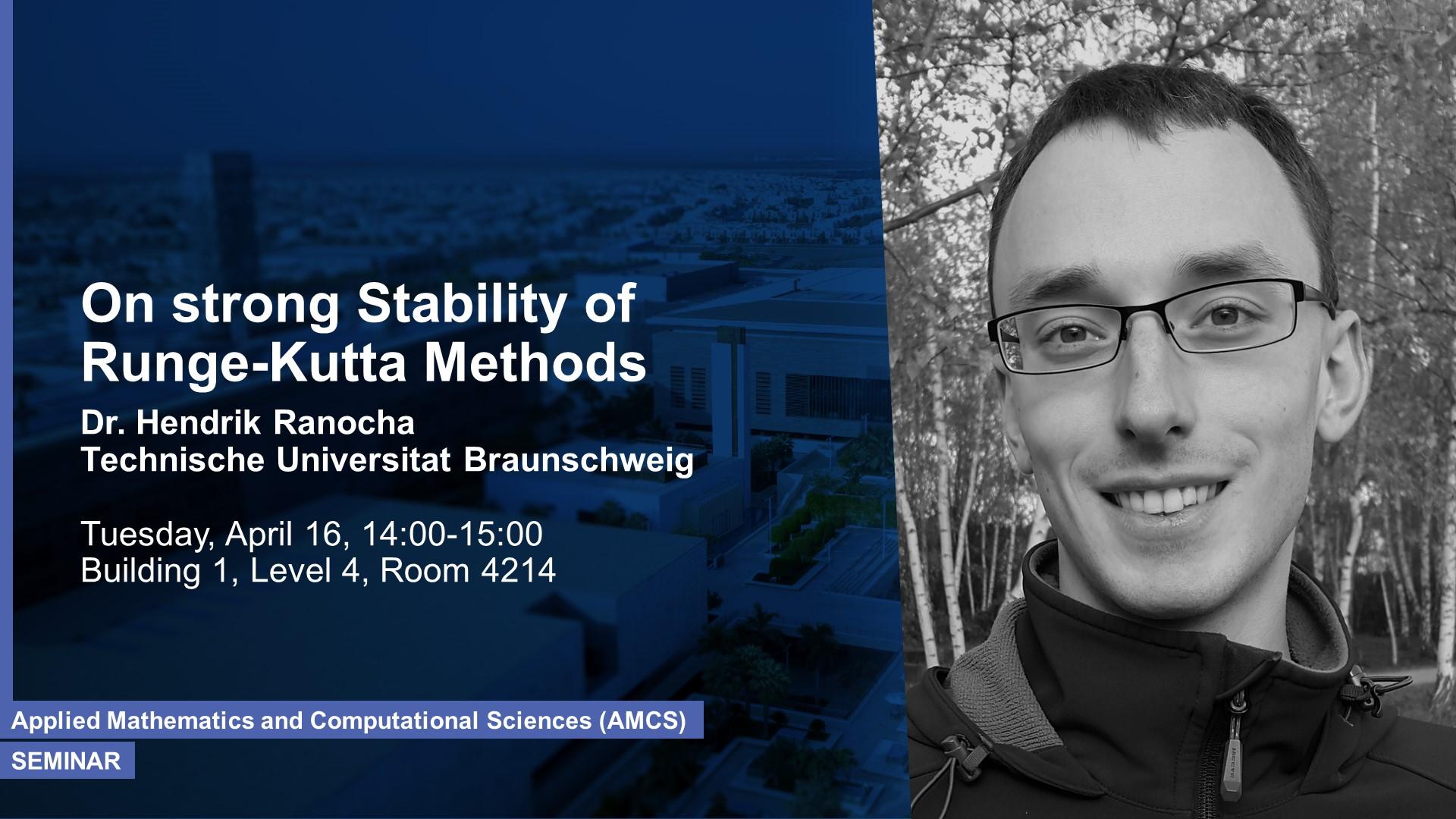Abstract
Runge-Kutta methods are classical and widespread techniques in the numerical solution of ordinary differential equations (ODEs). Considering partial differential equations, spatial semidiscretisations can be used to obtain systems of ODEs that are solved subsequently, resulting in fully discrete schemes. However, certain stability investigations of high-order methods for hyperbolic conservation laws are often conducted only for the semidiscrete versions.
Here, strong stability (also known as monotonicity) of explicit Runge-Kutta meth-ods for ODEs with semibounded (also known as dissipative) operators is investigated. Contrary to the linear case, it is proven that many strong stability preserving (SSP) schemes of order two or greater are not strongly stable for general smooth and semibounded nonlinear operators. Additionally, it is shown that there are first order accurate explicit SSP Runge-Kutta methods that are strongly stable for semibounded and Lipschitz continuous operators.
Moreover, some results for implicit Runge-Kutta schemes will be given as well. In particular, some properties of schemes using the summation by parts approach with simultaneous approximation terms in time will be discussed.
Brief Biography
Hendrik Ranocha started studying physics in 2010 in Germany. During his Bachelor's studies, he realised that many interesting problems can be attacked at best in interdisciplinary teams and his interest in numerical analysis was strengthened. Hence, he began to study mathematics, focussing on PDEs and numerical schemes without losing the point of view of a physicist. During that time, numerical methods have transformed from useful tools to subjects of research, up to his PhD in numerical analysis.
His main interest is in the stability of numerical methods for PDEs and ODEs. In particular, he has focussed on energy and entropy stability of numerical
schemes for hyperbolic balance laws. The basic idea is to obtain estimates at first at the continuous level, i.e. for the given initial boundary value problem.
Thereafter, these estimates are transferred to semidiscrete or discrete schemes using mimetic properties and techniques such as summation by parts operators. In this way, numerical methods can be designed that respect some physical constraints and can have improved stability properties.

